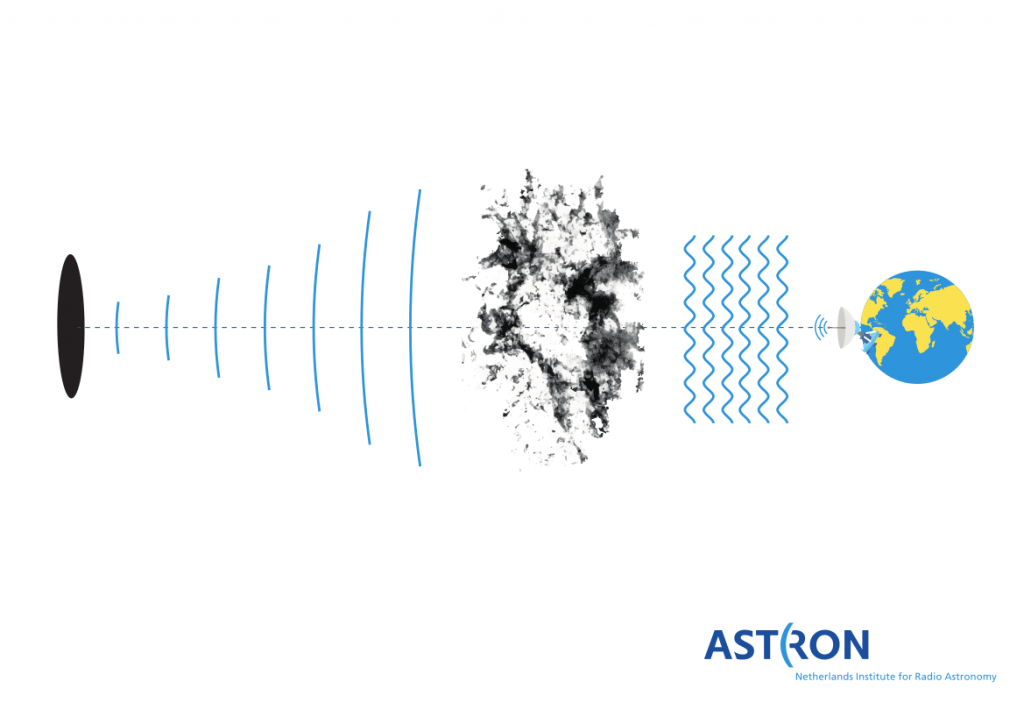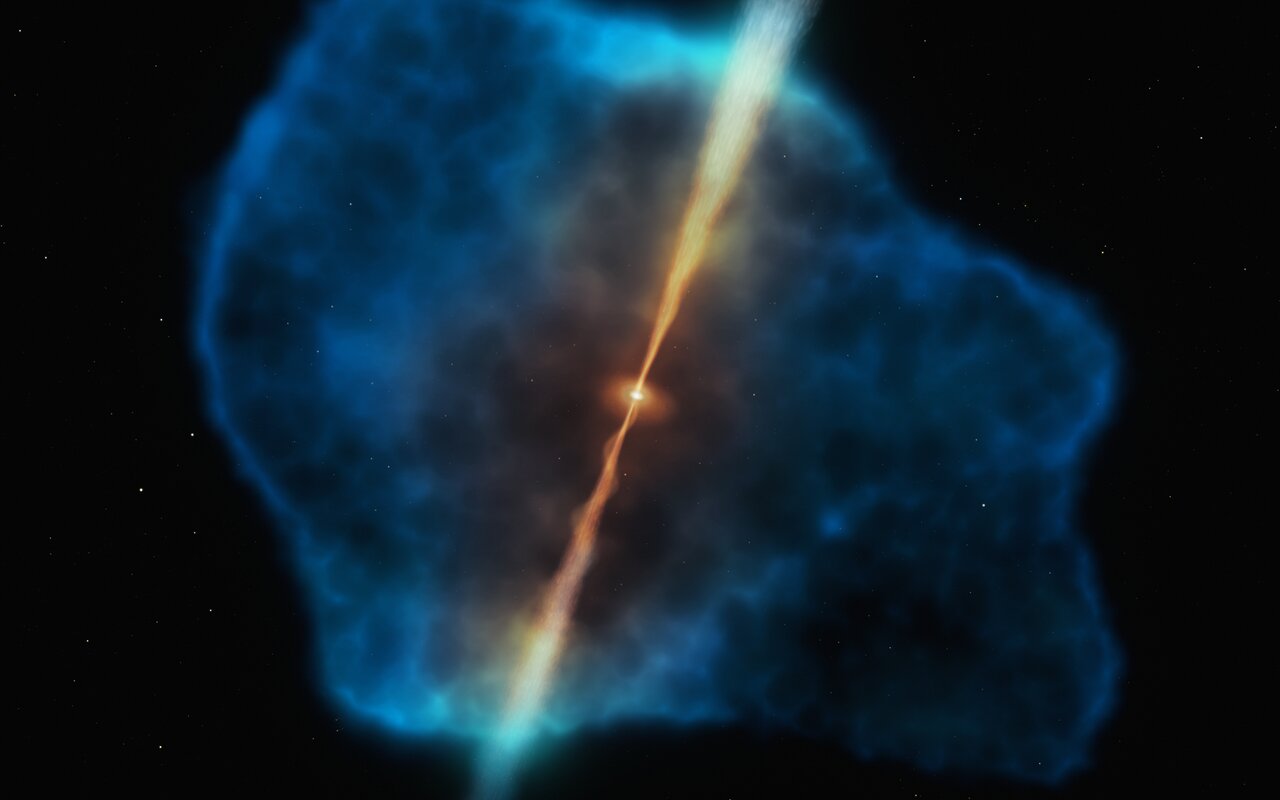It turns out you can teach an old dog new tricks. With a recent upgrade to a 50-year-old radio telescope, astronomers have spotted nearly a dozen of a rare class of quasars, ones capable of flickering in less than an hour.
Quasars are among the most powerful sources of radiation in the universe. Powered by a giant black hole in the center of a galaxy gobbling down material as quickly as it can, quasars emit more light than millions of galaxies combined. But because of their extreme distance, they only appear to us as spots of intense radio emission on the sky.
Among the quasars, one kind is very peculiar: the so-called intra-hour variable, or IHV, quasars. These quasars appear to twinkle in less than an hour, which shouldn’t be possible given the vast bulk of the quasar itself.
Instead, the culprit behind the rapid variability appears to be intervening gas clouds. On their way through the billions of light-years to Earth, the radio waves encounter random blobs of plasma, and turbulent motions in the plasma can cause the quasars to twinkle, just like the wiggling atmosphere of the Earth causes distant starlight to twinkle.

Despite knowing about IHV’s for decades, until now astronomers have spotted only a scant handful. But the first science result from the newly-installed Apertif (APERture Tile In Focus) instrument on the 50-year-old Westerbork Synthesis Radio Telescope is the revelation of ten new IHV’s, including one with a plasma blob surprisingly close to home.
It’s possible that one of the turbulent clouds is near our own solar system, possibly even within the Oort cloud, according to the project scientists. Understanding this plasma cloud could provide clues to the origins and evolution of our solar system, and this is the first evidence of its possible existence.

